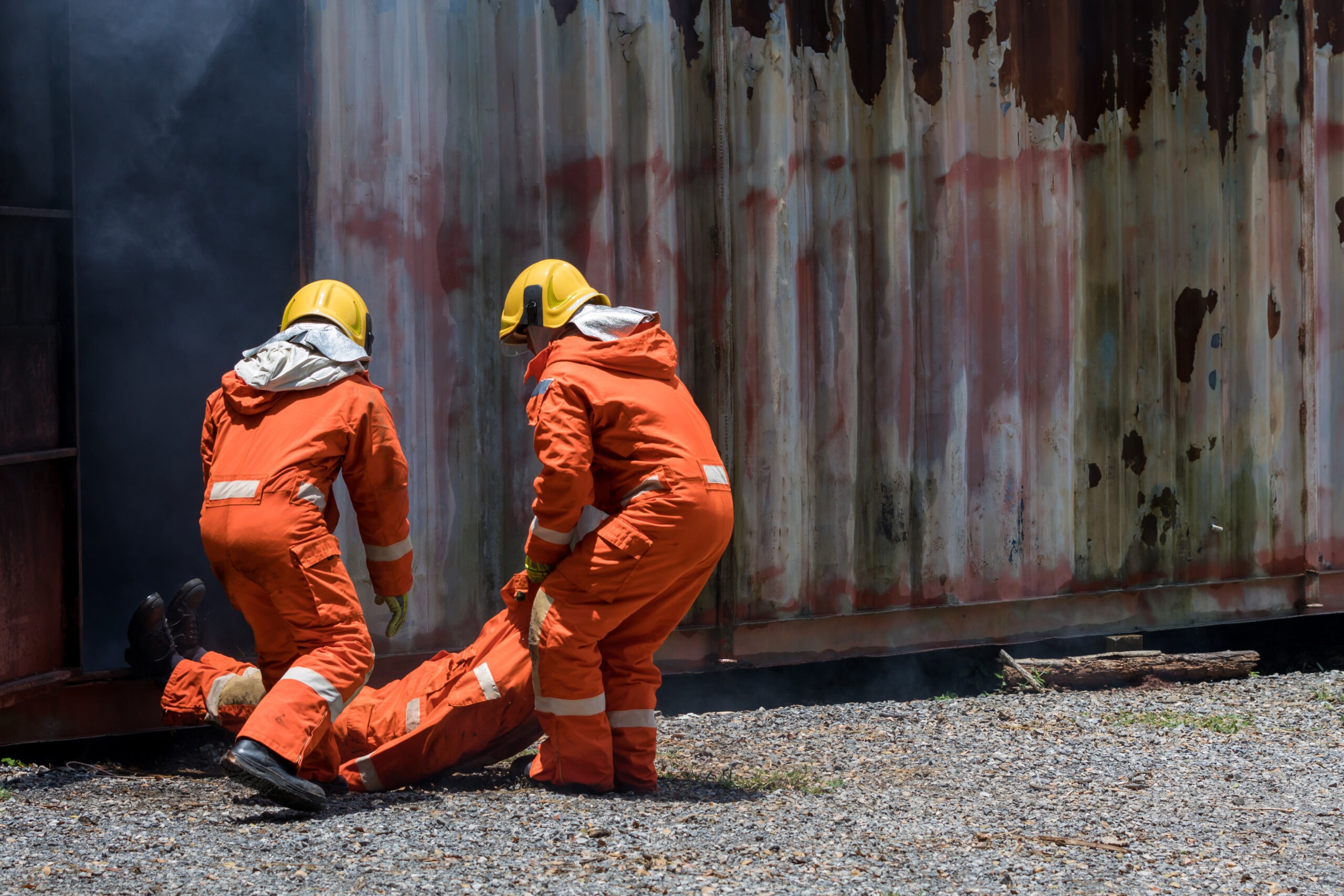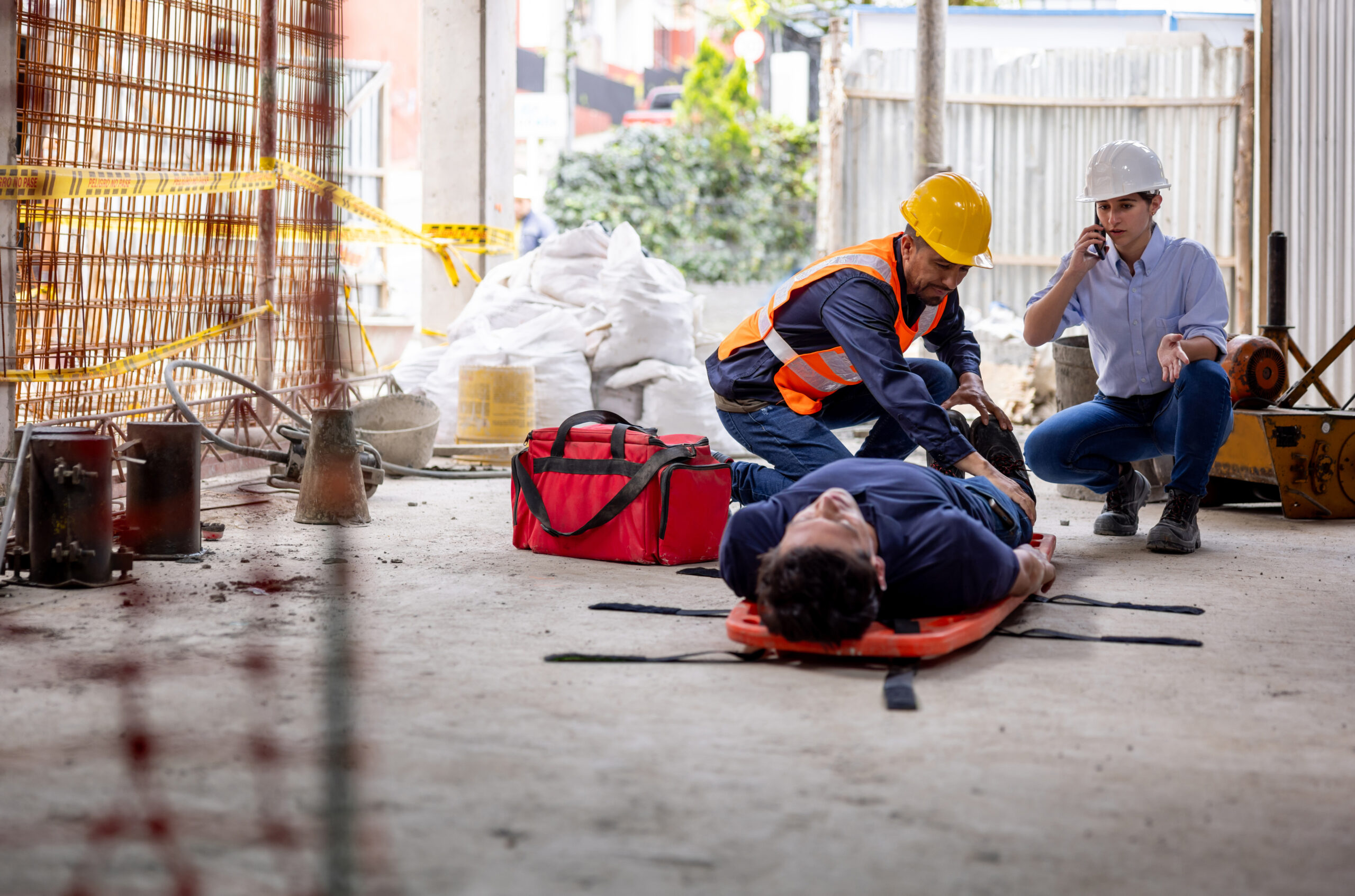NIOSH Releases Best Practices for Temp Workers

In past weeks, the National Institute for Occupational Safety and Health (NIOSH) announced the release of a new set of best practices for protecting temporary workers.
Temporary workers, or “temporary agency workers,” are paid by a staffing company and assigned to a host employer on both short- and long-term assignments. The host employer and the staffing agency are responsible for temporary workers’ safety and health. OSHA frequently cites both host employers and staffing companies for safety and health violations.
For example, OSHA recently issued a hazard alert letter to Amazon, and its contracted logistics firms after six contractors were fatally injured and another severely injured when a tornado struck Amazon’s warehouse in Edwardsville, Illinois.
The best practices are organized into three sections:
- Evaluation and contracting,
- Training for temporary workers and their worksite supervisors, and
- Injury and illness reporting, response, and recordkeeping.
OSHA also has a temporary worker resource page explaining host employers’ and staffing companies’ joint safety and health responsibilities. OSHA recommends that temporary staffing companies and host employers establish their respective responsibilities for compliance with OSHA standards in their contracts.
The agency has expressed concerns that some employers use temporary workers as a way to avoid meeting all their compliance obligations under the Occupational Safety and Health (OSH) Act and other worker protection laws, asserting that:
- Temporary workers get placed in a variety of jobs, including the most hazardous jobs.
- Temporary workers are more vulnerable to workplace safety and health hazards than workers in traditional employment relationships.
- Temporary workers are more vulnerable to retaliation.
OSHA also contends that temporary workers often are not given adequate safety and health training or explanations of their duties by either the temporary staffing agency or the host employer.
According to NIOSH, the future of work comes with new challenges to occupational safety and health, including how to best protect and promote the well-being of temporary workers, especially those in higher-hazard industries.

Blog Posts
Latest Posts
Related Posts




